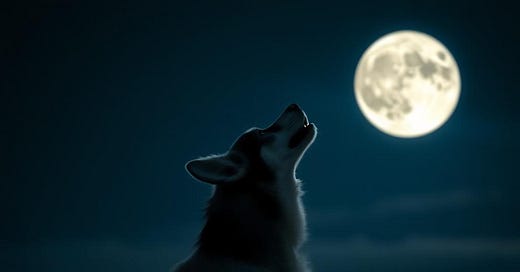At the beginning of The Call of the Wild, Buck, our dog protagonist, learned an early lesson: A man with a club is not to be reckoned with. This was not learned, however, until several failed attacks upon a man carrying a club eventually resulted in Buck getting knocked out cold.
It’s not until the very end of the book that Buck once again attempts assault upon a human carrying a weapon. This attack is explained as such: “And for the last time in his life he allowed passion to trump cunning and reason…” Why? Because the only human he ever loved was under attack.
By the time Buck arrived to defend his master, John Thornton was already dead. But Buck didn’t yet know this, and out of the aforementioned passion, he smote several Indians carrying bows and arrows with his jaws, as well as caused them to smite each other amidst the confusion caused by his rampage.
When Buck found his dead master, the book describes an aching pain, much like severe hunger, though this void could never be filled with food. Only when Buck thought of the revenge he’d enacted upon John Thornton’s killers, did he experience some reprieve, a filling of the void with pride.
With respect to pride, during Buck’s last days as a domesticated sled dog, human and other dog alike observed this quality in him as he marched in and out of camp. He’d earned this right. He’d gone from a soft and lazy domesticated dog to the most respected sled dog in the Yukon, with moments of despair and triumph in-between.
But as Buck came closer to answering the Call of The Wild, one he fully accepted after his master’s death, his walk transformed from a march to a cat-like creep. Not out of fear nor even necessity. Instead, this was a change that allowed him to master the new realm he now found himself in, after having conquered the one he’d just marched out of.




